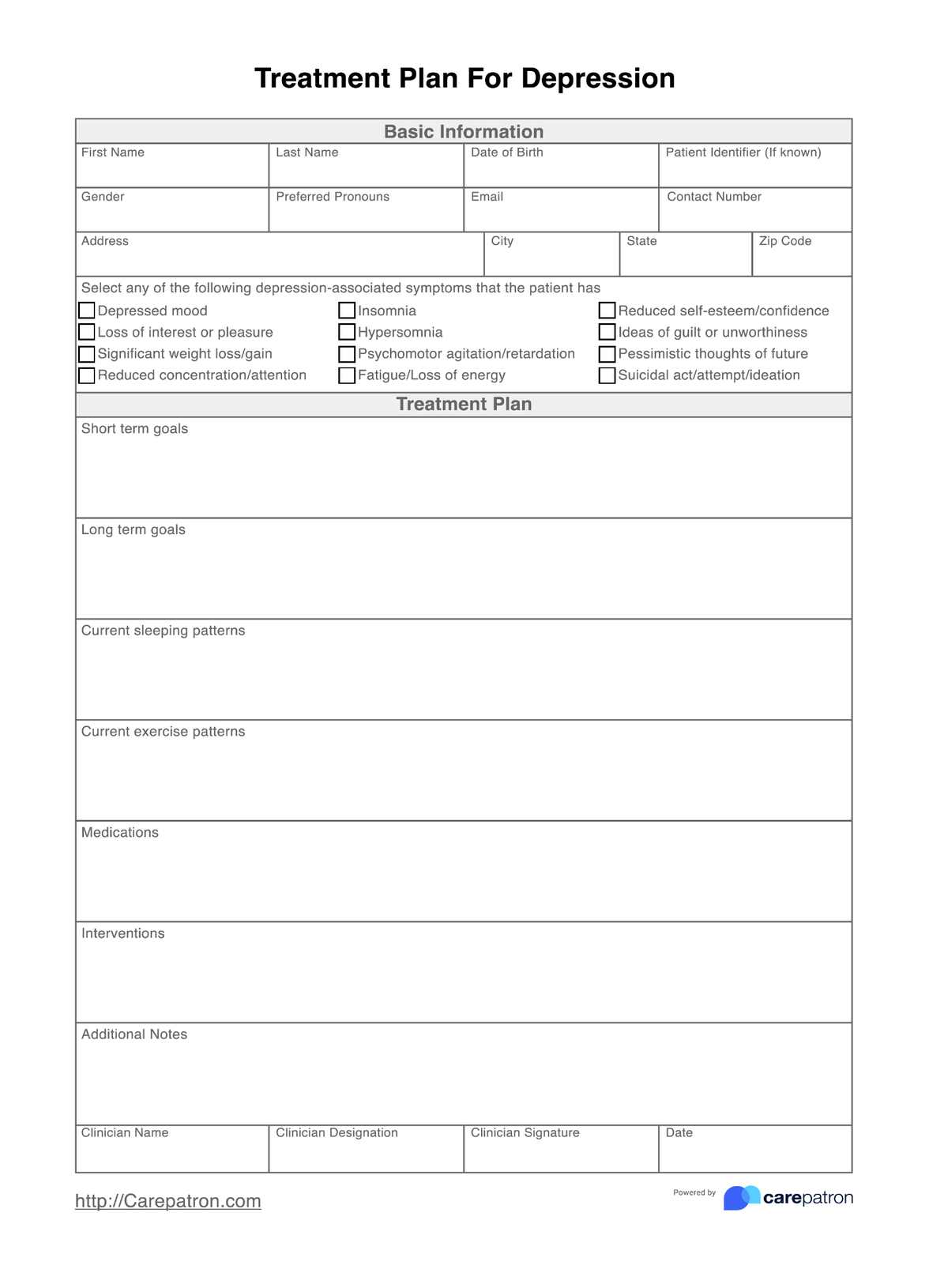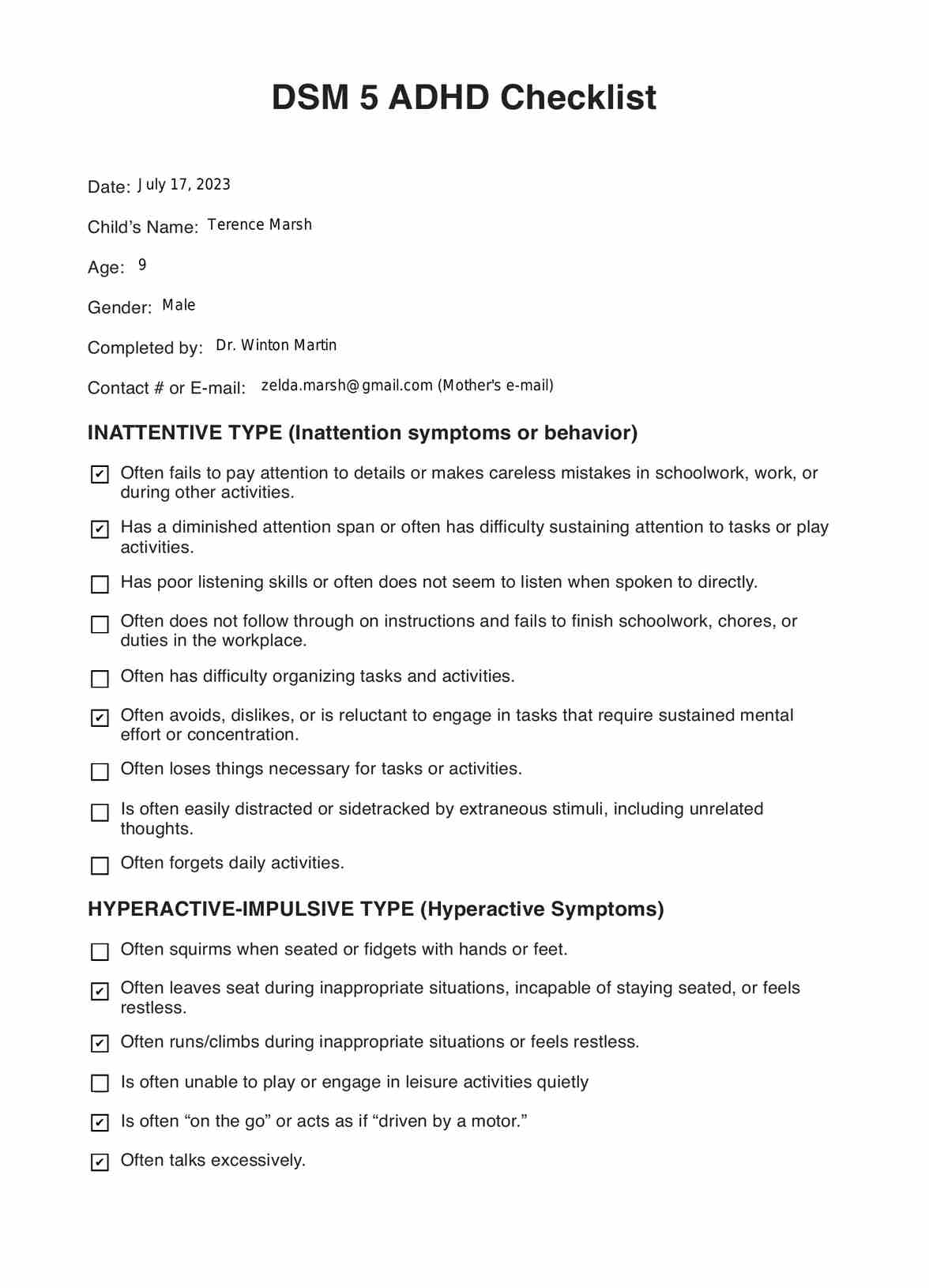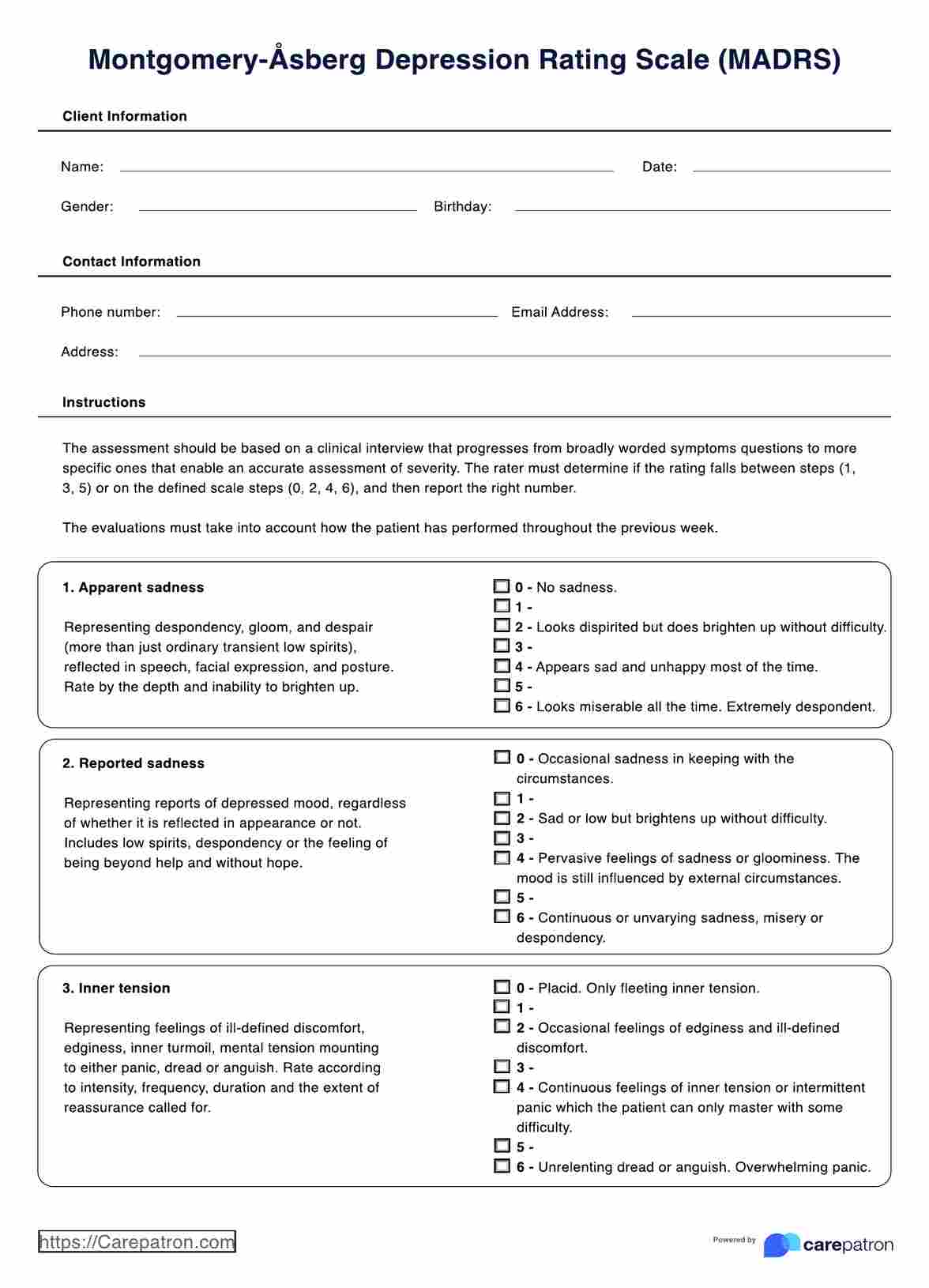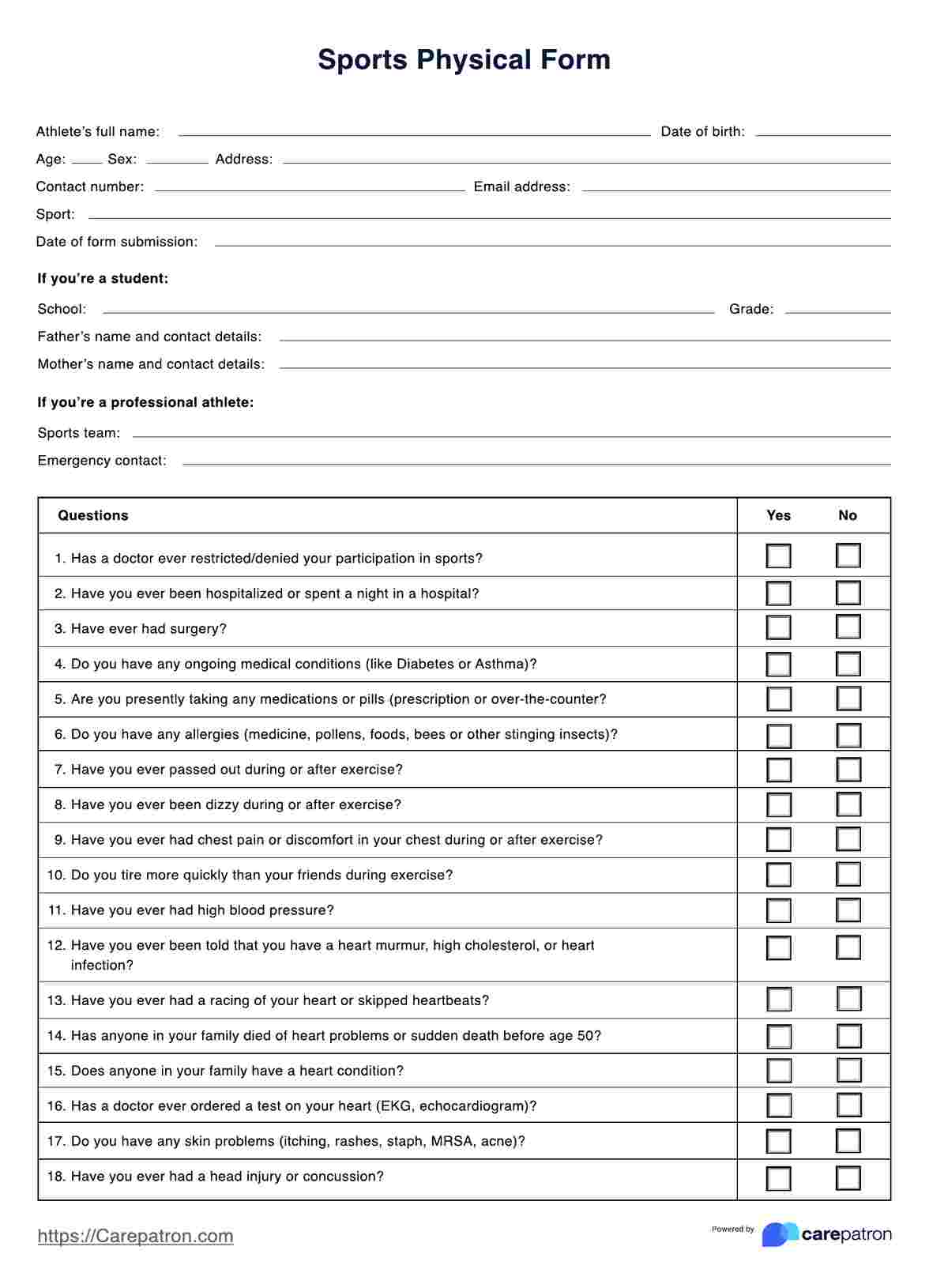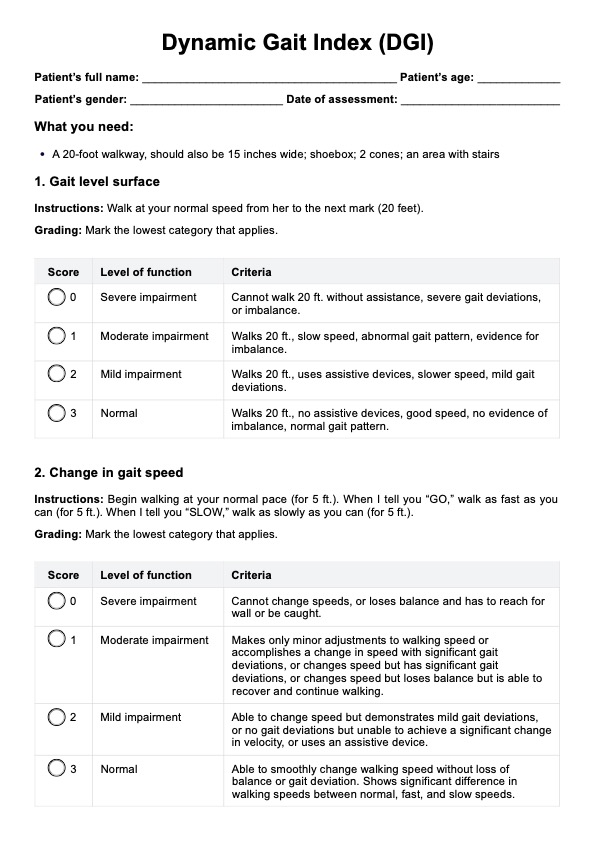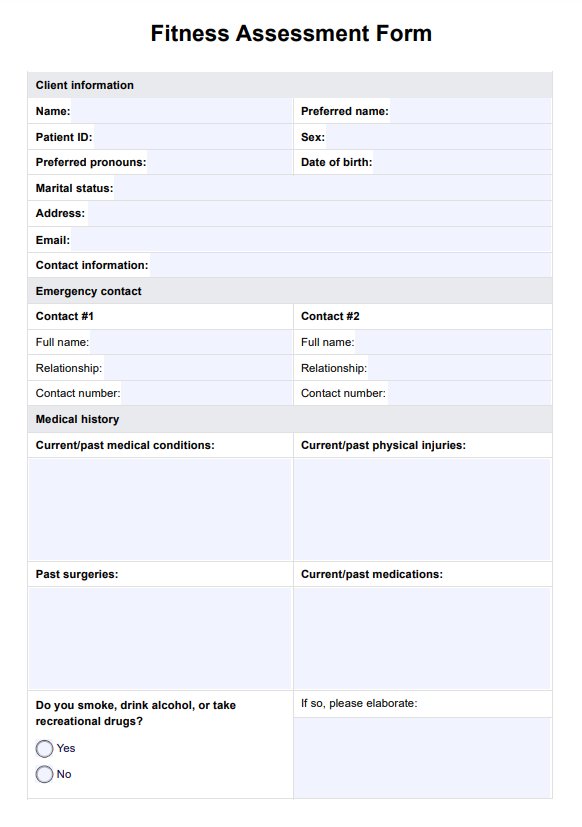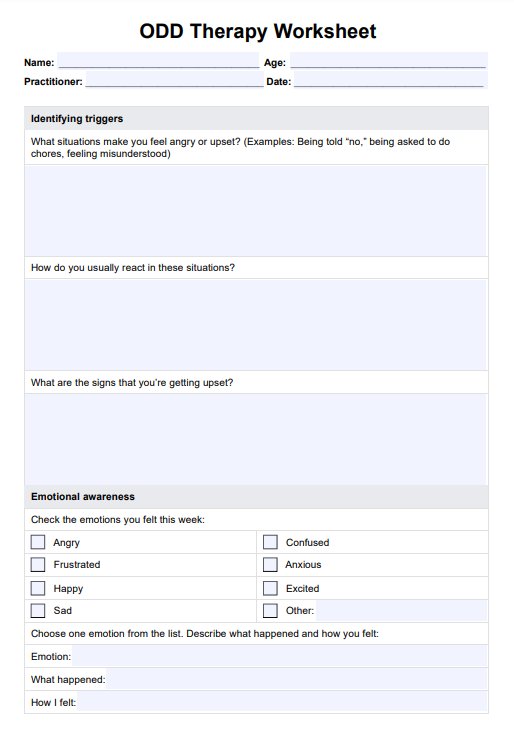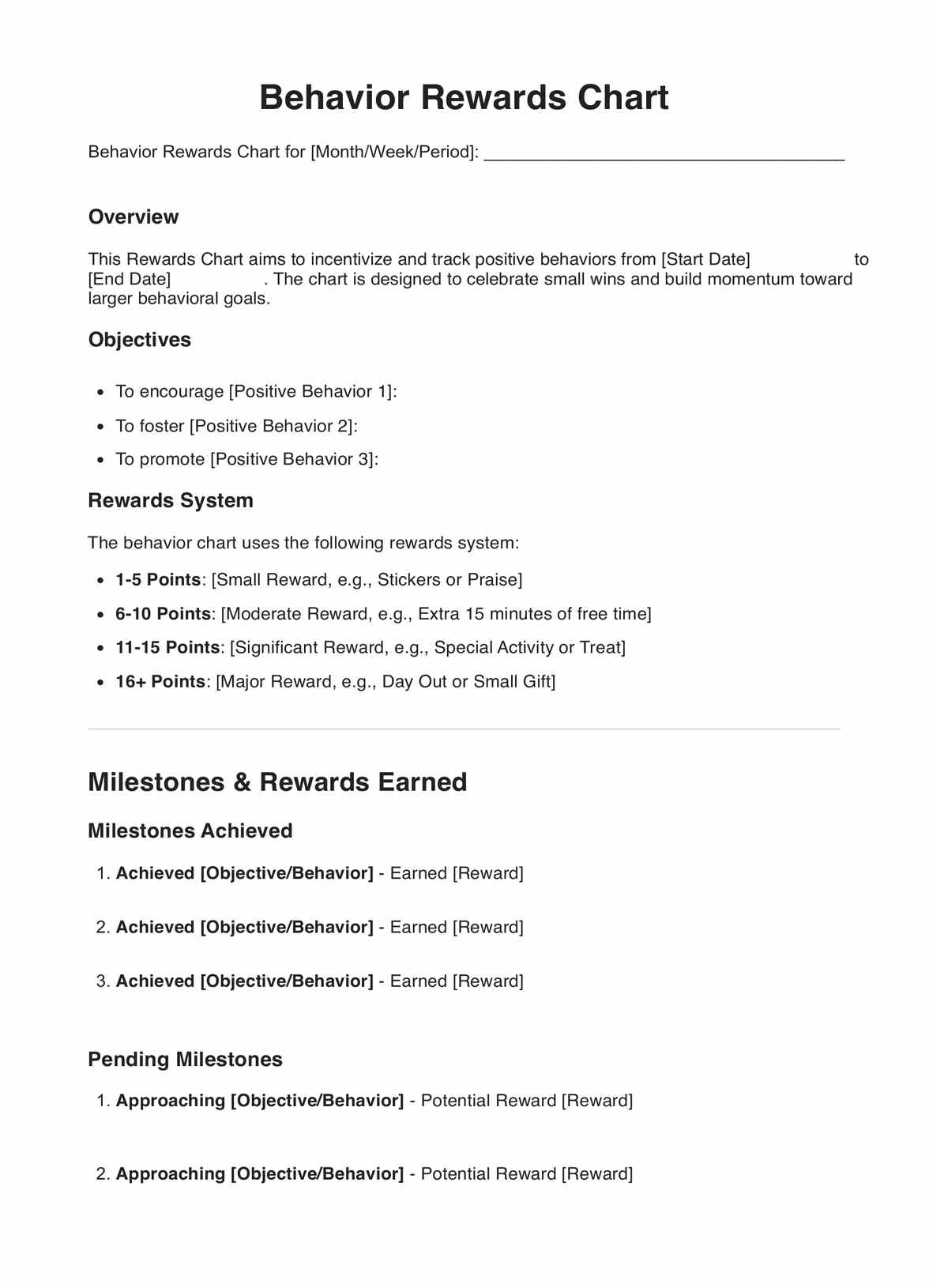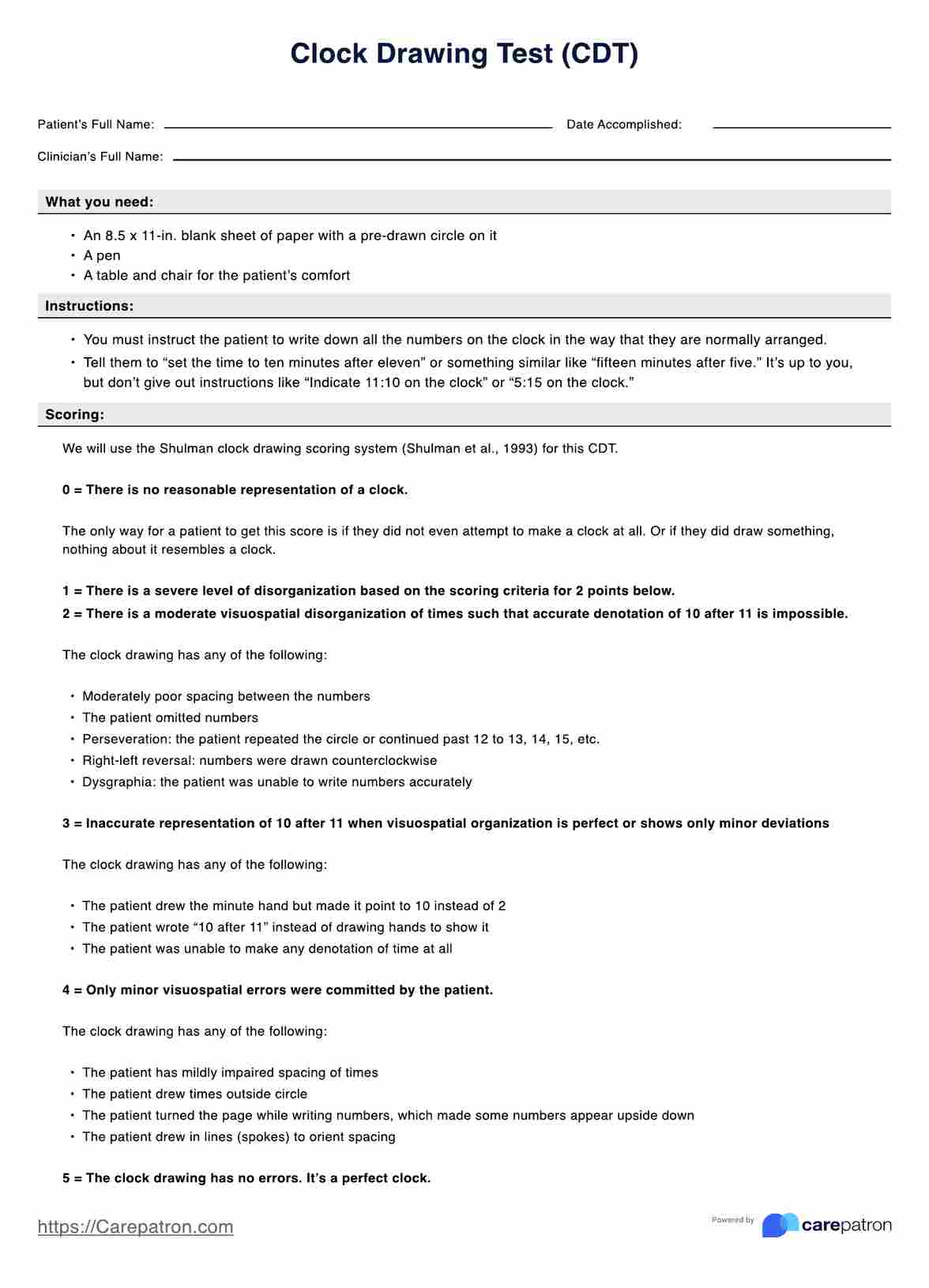Tennis Elbow Test
Check your patient's elbow condition using a Tennis Elbow Test. Access our free step-by-step guide and example.


What is a Tennis Elbow Test?
A Tennis Elbow Test is a physical examination used to diagnose lateral elbow tendinopathy. This is also called the tennis elbow or lateral epicondylitis. This condition involves pain and tenderness around the bony prominence outside the elbow, called the lateral epicondyle. This condition is often associated with repetitive wrist extension activities, such as those performed in tennis, manual labor, or racket sports (Ma & Wang, 2020).
These kinds of tests aim to reproduce the patient's symptoms and identify the source of pain, helping differentiate it from other conditions affecting the elbow or forearm.
One of the most commonly used tests is the resisted wrist extension test, also known as Cozen's test. To do Cozen's Test, the patient's elbow flexion is set up to 90 degrees, with the forearm pronated and the wrist in a neutral position. The examiner applies resistance against the patient's wrist extension. A positive test, eliciting lateral elbow pain, suggests lateral tennis elbow (Karanasios et al., 2022).
Another test is Mill's test, in which the patient's elbow is extended and the forearm is pronated. The examiner applies resistance against the patient's radial deviation. Pain over the lateral epicondyle indicates a positive test and suggests lateral elbow tendinopathy (Ma & Wang, 2020).
Additionally, the examiner may compare the patient's grip strength between the affected and unaffected sides. A significant difference in grip strength on the weaker side may indicate lateral elbow tendinopathy. Conducting further tests is also important for a differential diagnosis and ruling out other concerns, such as chronic refractory lateral epicondylitis (CRLLE) and lateral epicondylalgia.
Check out this video to see how to perform the Tennis Elbow Test:
Tennis Elbow Test Template
Tennis Elbow Test Example
How does this Tennis Elbow Test work?
Our free Tennis Elbow Test provides a comprehensive guide to performing this assessment and in diagnosing lateral epicondylitis. Follow these steps to get started:
Step 1: Download the test
The link on this page will allow you to download a copy of the free template. You can also access the test using the Carepatron app or our resources library.
Step 2: Explain the test to your patient
Let them know it will help you assess for any signs of injury or abnormal movement in their elbow joint. Answer any questions they may have to ensure they understand the exam before proceeding.
Step 3: Perform the test
Conduct the Tennis Elbow Test using the steps outlined in the template. During the assessment, observe for signs of pain or discomfort.
Step 4: Document your findings
Write down any observations and note any pain or tenderness identified. This will be helpful for future assessments and treatments.
Step 5: Discuss your findings with the patient
Explain the results of your assessment and any recommended treatments if needed.
Tennis Elbow Test interpretation
The Tennis Elbow Test is generally interpreted as follows:
- Positive findings: Pain or tenderness in the patient's lateral epicondyle when pressure is applied during resisted wrist extension.
- Negative findings: No pain or tenderness in the lateral epicondyle when pressure is applied during resisted wrist extension.
Note that a positive Tennis Elbow Test result does not necessarily mean the patient suffers from tennis elbow. Other conditions may also cause similar symptoms, so conducting further clinical evaluation and diagnostic tests before diagnosing is important.
When to use these Tennis Elbow assessments?
The Tennis Elbow Test should be used when the patient presents with symptoms of tennis elbow, such as pain or tenderness in the lateral epicondyle. You can also administer the test to:
Assess any previous elbow injuries
This assessment tool can help you determine the severity of any previous elbow injuries or musculoskeletal disorders and assess the patient's condition. It can also identify any signs of new or worsening injuries.
Evaluate the patient's range of motion
The Tennis Elbow Test can also be used to evaluate the patient's range of motion. This is important to determine the level of flexibility and strength in their elbow joint.
Monitor the progress of treatment
Checking the results of the Tennis Elbow Test before and after any treatments can give you a better idea of their effectiveness. This will help you adjust the treatment plan if needed to ensure maximum benefit for the patient.
Track changes in a patient's condition over time
By administering the test regularly, you can monitor changes in the patient's condition and ensure they receive the best possible care. It can also help track the progress of healing after an injury.
Treatment for lateral elbow tendinopathy
Treating lateral elbow tendinopathy, commonly known as tennis elbow, involves a multifaceted approach tailored to the individual patient's needs and the severity of the condition. This often involves the following:
Rest and activity modification
The first line of treatment for lateral elbow tendinopathy involves rest and activity modification. Patients are advised to avoid activities aggravating the condition, such as repetitive wrist extension or gripping motions. This rest period allows the inflamed tendon to heal and reduces further irritation.
Pain management
Over-the-counter anti-inflammatory medications, such as ibuprofen or naproxen, can be used to alleviate pain and reduce inflammation. Applying ice to the affected area can also help manage pain and swelling.
Physical therapy
Physical therapy plays a crucial role in managing lateral elbow tendinopathy. Specific exercises aim to stretch and strengthen the muscles and tendons around the elbow joint, improving flexibility and stability. Techniques like eccentric loading exercises and soft tissue mobilization effectively manage this condition.
Corticosteroid injections
In some cases, corticosteroid injections may be used to provide temporary relief from pain and inflammation. However, these injections are typically not recommended for long-term management due to potential side effects and the risk of tendon weakening.
Surgical intervention
For chronic or severe cases that do not respond to conservative treatment, surgical intervention may be considered. Surgical procedures, such as elbow surgery, debridement, or tendon repair, can remove damaged tissue or address structural issues contributing to the condition.
References
Karanasios, S., Korakakis, V., Moutzouri, M., Drakonaki, E., Koci, K., Pantazopoulou, V., Tsepis, E., & Gioftsos, G. (2022). Diagnostic accuracy of examination tests for lateral elbow tendinopathy (LET) - A systematic review. Journal of Hand Therapy, 35(4), 541–551. https://doi.org/10.1016/j.jht.2021.02.002
Ma, K. L., & Wang, H. Q. (2020). Management of lateral epicondylitis: A narrative literature review. Pain Research & Management, 2020, 6965381. https://doi.org/10.1155/2020/6965381
Commonly asked questions
Other conditions that can be mistaken for tennis elbow include radial tunnel syndrome, posterior interosseous nerve entrapment, cervical radiculopathy, and arthritis of the elbow. These conditions can cause similar symptoms of pain and tenderness on the outside of the elbow, making an accurate diagnosis important for proper treatment.
The first signs of tennis elbow are usually pain and tenderness on the outside of the elbow, which may radiate into the forearm. The pain is often worse when lifting or bending the arm, gripping objects, or moving the wrist. Other early symptoms include difficulty fully straightening the arm and swelling in the elbow.
The Cozen method, also known as Cozen's test or the resisted wrist extension test, is a physical examination technique used to diagnose tennis elbow. The test involves the patient extending their wrist against resistance while the examiner palpates the lateral epicondyle. If pain is elicited at the lateral epicondyle, the test is considered positive for tennis elbow. However, the test has limitations in terms of sensitivity and specificity and should be used in conjunction with other diagnostic methods.


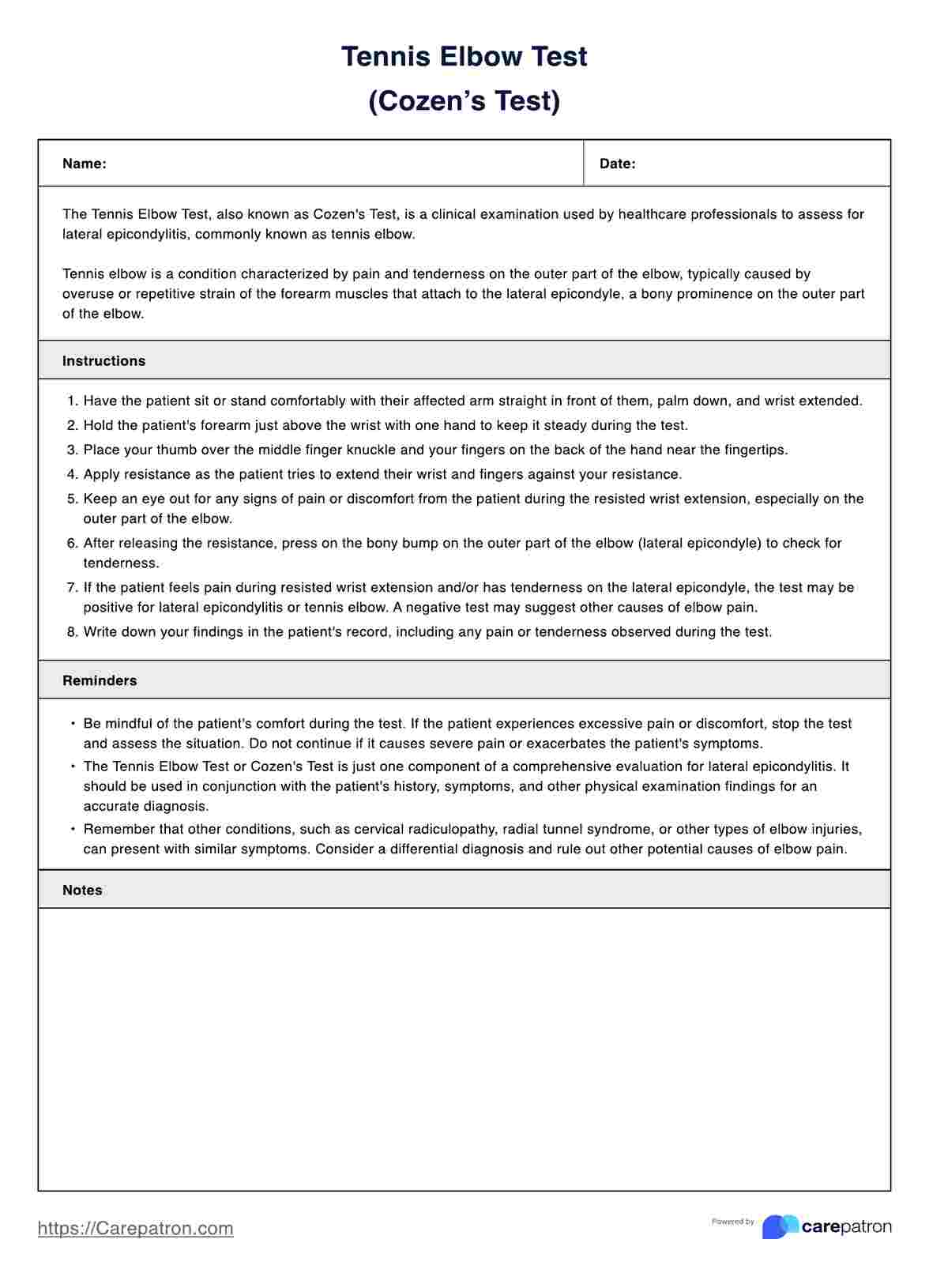
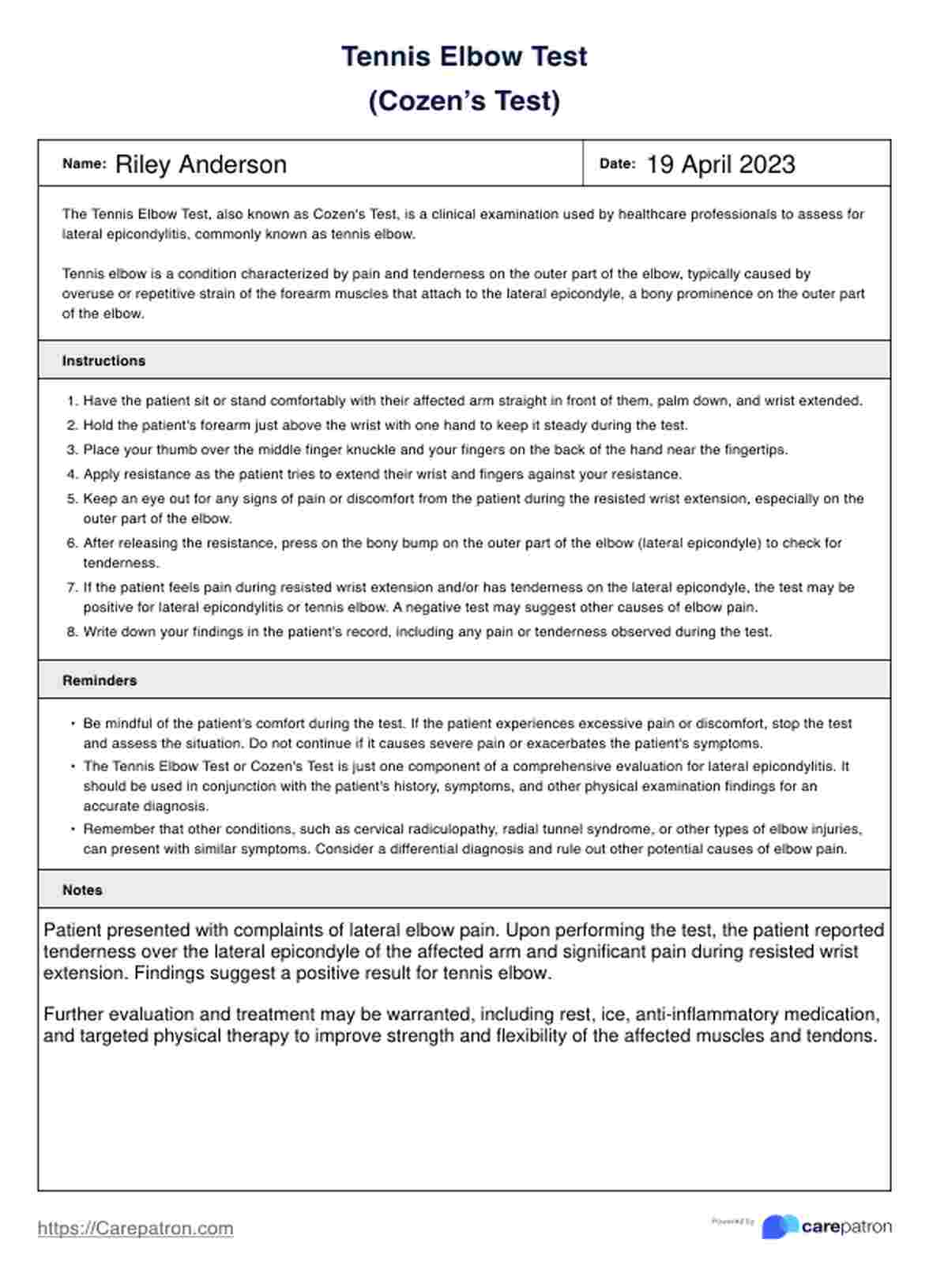













-template.jpg)























































































